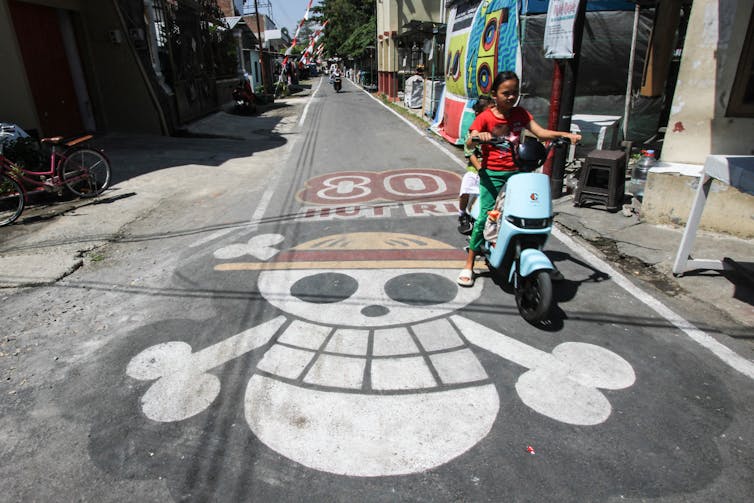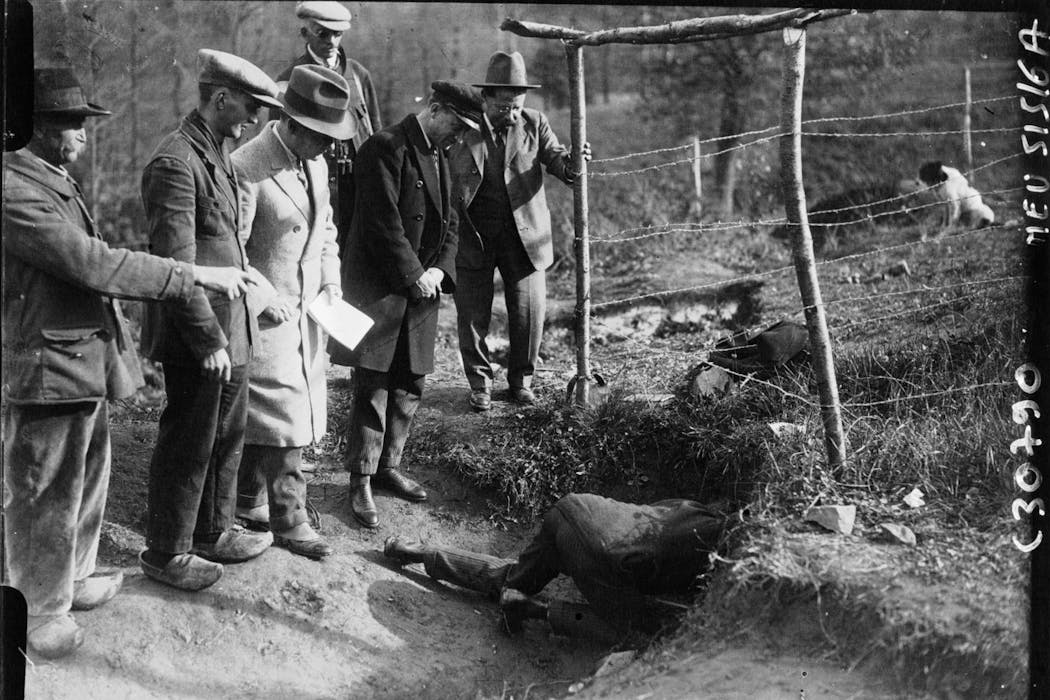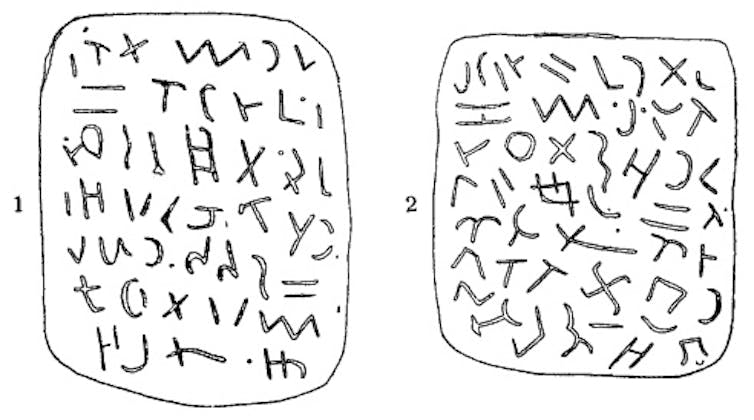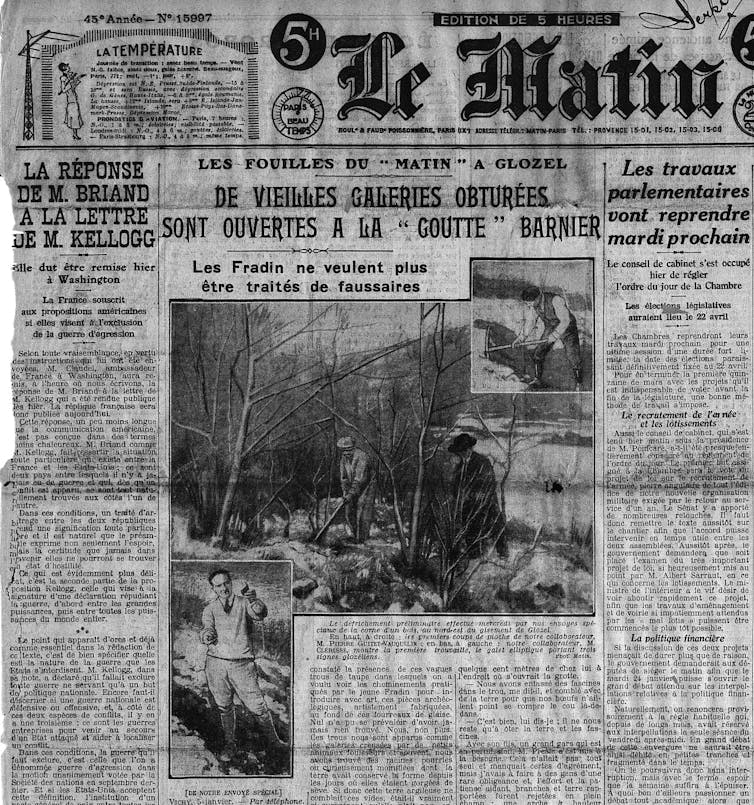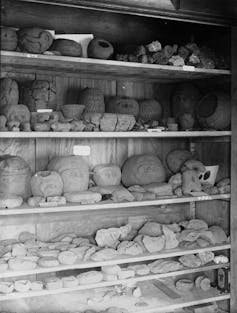Source: The Conversation – in French – By Karine Bouvier, Chercheuse, Université de Strasbourg
Parfois présentés comme des victimes des actions des producteurs, les consommateurs détiennent pourtant un vrai pouvoir d’agir, au-delà de leur comportement d’achat. Les évolutions récentes de la réglementation en matière d’économie circulaire dans l’Union européenne le rappellent. Décryptage.
L’économie circulaire a pour objectif de produire des biens et des services de manière durable en réduisant les déchets et l’exploitation des ressources naturelles. Si l’on parle souvent des rôles des institutions, des entreprises ou des ONG dans cette transition, le consommateur reste un acteur trop souvent sous-estimé.
Il joue pourtant un rôle crucial, parfois même sans le savoir, sur l’évolution de la réglementation européenne, comme en atteste l’émergence du concept de « droit à la consommation durable ».
Un puissant levier d’action
Les préférences des consommateurs ont toujours été un levier d’action puissant pour orienter les marchés et les politiques publiques. Dans le cadre de l’économie circulaire, plusieurs évolutions réglementaires récentes en Europe illustrent cette influence indirecte.
Prenons l’exemple du gaspillage alimentaire, qui a fait l’objet d’une loi en France, dite loi anti-gaspillage pour une économie circulaire (Agec) (n°2020-105 du 10 février 2020). Cette dernière étend notamment l’obligation d’un diagnostic anti-gaspillage aux industries agroalimentaires et introduit un label national « anti-gaspillage alimentaire ».
À lire aussi :
La face cachée du vrac
Par ailleurs, l’essor de l’affichage environnemental, prévu dans le cadre du Pacte vert pour l’Europe, trouve ses racines dans une exigence citoyenne accrue pour la transparence. En choisissant de privilégier des produits plus durables ou issus du recyclage, les consommateurs ont progressivement orienté les stratégies des entreprises, qui, à leur tour, ont poussé à la création de normes harmonisées au niveau européen.
Accélérer les réformes
Plus encore, en s’organisant en collectifs, les citoyens peuvent faire pression pour accélérer les réformes. La définition d’un régime juridique spécifique pour les actions de groupe (directive UE 2020/1828), proposée par la Commission européenne, atteste de cet impact croissant des consommateurs sur la réglementation européenne.
Les consommateurs européens n’ont pas nécessairement conscience de l’influence qu’ils peuvent avoir sur la réglementation. Mais, lorsque des milliers de personnes adoptent des comportements similaires, comme acheter des vélos électriques ou se tourner vers les circuits courts, elles créent une dynamique de marché qui attire l’attention des décideurs politiques. Ces derniers, soucieux de répondre aux attentes de la société, ajustent alors les normes et les lois.
Des labels un peu flous
Cette influence parfois inconsciente des consommateurs européens sur la réglementation pose également des questions éthiques et pratiques. Les consommateurs disposent-ils réellement des informations nécessaires pour orienter efficacement les politiques ?
À titre d’exemple, une étude menée en 2020 par la Commission européenne, recensant 230 labels de durabilité et 100 labels d’énergie verte au sein de l’UE, démontre que 53 % de ces allégations économiques donnent des renseignements vagues, trompeurs ou non fondés, et que 40 % d’entre elles ne sont absolument pas étayées.
Dans ce contexte, la responsabilité des consommateurs européens n’est-elle pas parfois démesurée, au regard des moyens limités dont ils disposent pour déchiffrer des marchés complexes ?
Dimension démocratique
Le concept de « droit à la consommation durable » gagne progressivement du terrain dans les discussions politiques et académiques. En 2018, une communication de la Commission européenne associe pour la première fois consommation et environnement.
Le consommateur est alors identifié comme un acteur clé pour réussir la transition vers une économie circulaire. À ce titre, il doit à la fois avoir accès à davantage d’informations en matière de réparabilité et de durabilité des produits et être mieux protégé des allégations environnementales trompeuses (greenwashing). Il s’agit dans ce cadre d’un prolongement naturel des droits des consommateurs tels qu’ils ont été définis dans les différentes directives européennes.
Adopter une approche centrée sur ce droit renforce la légitimité des politiques publiques. En reconnaissant les consommateurs comme des acteurs actifs de la transition vers une économie circulaire, l’Union européenne pourrait accroître l’adhésion des citoyens à ses initiatives. Cela offre un cadre juridique pour résoudre certaines controverses, telles que l’obsolescence programmée ou encore le greenwashing.
Vers une responsabilité partagée
Pour que le consommateur européen joue pleinement son rôle dans la transition vers une économie circulaire, il est crucial d’établir une responsabilité partagée. Les entreprises doivent proposer des produits et services conformes aux principes de durabilité, tandis que les pouvoirs publics doivent créer un cadre réglementaire incitatif et équitable.
Cependant, le cadre réglementaire européen souffre de disparités d’application au sein des États membres. Plus encore, la multiplication des crises en cours et à venir (géopolitiques, climatiques mais aussi sociales) impactent parfois le calendrier des avancées réglementaires ou nécessitent un réajustement de la régulation. La récente crise sociale des agriculteurs, qui a touché plusieurs pays européens, comme l’Allemagne ou la France, a relancé le débat d’une pause en matière de règles environnementales.
En parallèle, certains principes en lien avec l’économie circulaire remettent en cause le droit des consommateurs. Par exemple, l’approbation en mai 2024 de la directive sur le droit à la réparation crée un ensemble d’outils et d’incitations visant à rendre la réparation plus attractive pour les consommateurs européens.
Vouloir imposer la réparation au détriment du remplacement d’un produit représenterait une régression des droits des consommateurs. Aujourd’hui, le consommateur peut choisir librement entre réparer et remplacer un produit défectueux. Mais l’Europe envisage d’imposer la réparation comme premier recours, ce qui limiterait la possibilité d’exiger un remplacement immédiat. Le consommateur devra alors attendre le retour de son produit réparé, quelques jours… ou quelques semaines.
À lire aussi :
Paradoxe de l’indice de durabilité : les écolos remplacent plus fréquemment leurs produits
Il est donc important que le droit à la consommation durable conduise à une harmonisation, à l’échelle européenne, de la protection du consommateur en prenant en compte les réalités et contraintes de l’ensemble des parties prenantes.
Un acteur incontournable
Dans cette grande transition vers l’économie circulaire, le consommateur européen occupe une place à part. Son rôle dépasse largement le cadre de ses achats : il devient un acteur influent, capable de façonner les politiques publiques et d’imposer des standards plus élevés de durabilité.
Renforcer ce « droit à la consommation durable » pourrait non seulement accélérer les avancées réglementaires, mais aussi engager les citoyens dans un projet collectif ambitieux. En prenant conscience de son pouvoir et en exigeant des politiques à la hauteur des enjeux, le consommateur européen peut devenir le véritable moteur d’une Europe plus verte, plus juste et plus circulaire.
![]()
Les auteurs ne travaillent pas, ne conseillent pas, ne possèdent pas de parts, ne reçoivent pas de fonds d’une organisation qui pourrait tirer profit de cet article, et n’ont déclaré aucune autre affiliation que leur organisme de recherche.
– ref. Économie circulaire : les consommateurs, acteurs oubliés de la réglementation européenne – https://theconversation.com/economie-circulaire-les-consommateurs-acteurs-oublies-de-la-reglementation-europeenne-263068




